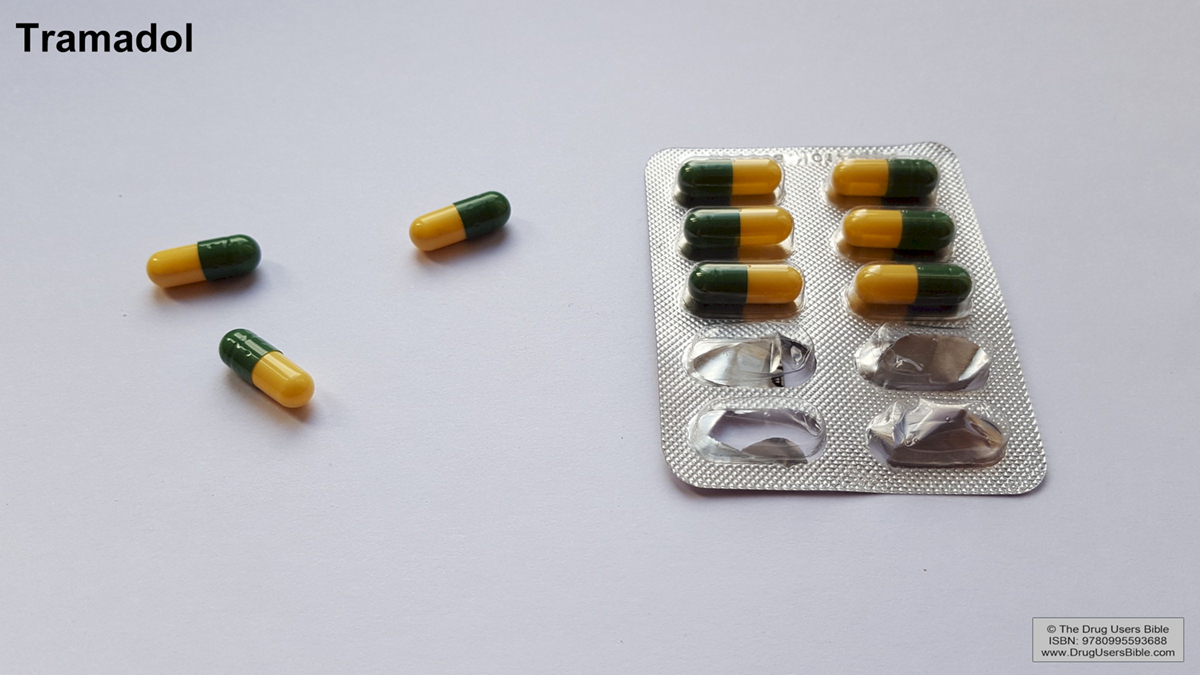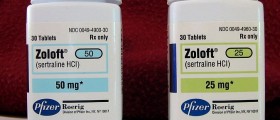
Usage
Tramadol is a medication which is used in the treating pain. Tramadol should be taken as your doctor prescribed and according to instructions. It is not recommended for people who drink excessively or abuse drugs or narcotics. You should not take Tramadol if you receive treatment for various mental conditions, anxiety disorders, depression or nausea. Tramadol can cause seizures in people who have problems with addictions, epilepsy, problems with metabolism or injury of the head. Your doctor should be informed about your health condition because Tramadol may not be the best option for you if you have disorders which affected liver, kidneys or stomach. Be careful if you are pregnant or you are breastfeeding because Tramadol can harm the baby. This medication is not recommended for persons under the age of 18.Overdose and Allergic Reaction
The signs of overdose with Tramadol may include breathing difficulties, irregular pulse, fatigue, faintness, cold skin and even loss of consciousness. Allergic reactions to Tramadol are similar to those of any medication. Such reactions include skin irritation, rash, and itchiness, breathing difficulties, tension in the chest, and swelling of the throat, tongue, lips or face.Side Effects
Every medication has a number of side effect, and so does Tramadol. Some of the side effects are not considered to be dangerous, such as weakness, wooziness, faintness, sickness, appetite loss, constipation, vomiting, vision impairment, hot flashes, tingling sensation in the skin and sleeping disorders. You should inform your doctor about any changes because in case of serious side effects, your doctor may adjust the dose of Tramadol or prescribe some other medication. More serious side effects of Tramadol include pain in the chest, seizures, irregular pulse, mental changes such as hallucinations or confusion, mood changes such as feeling depressed or hostile, problems with urination, motor skills impairment, nausea, diarrhea, pain in the abdomen, dry mouth, severe faintness and severe skin disorders such as redness, swellings, blisters or peeling of the skin.Classification of Side Effects
According to the parts of the body which may be affected by Tramadol, side effect can be classified as gastrointestinal side effects which are the most frequent and they include symptoms such as pain in the abdomen, diarrhea and vomiting, side effects which involve the nervous system such as seizures, mood and behavior changes, dermatologic side effects which include skin disorders, genitourinary side effect which refer to problems with urination, cardiovascular side effects which involve heart problems, and metabolic side effects.
















Your thoughts on this
Loading...